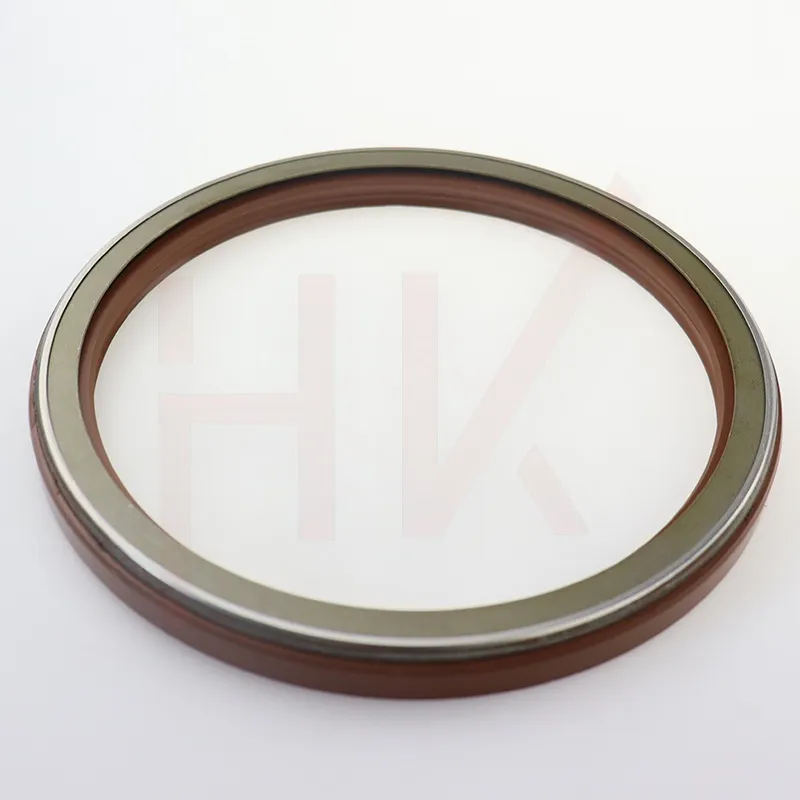снеж . 11, 2024 11:59 Back to list
hydraulic motor seal replacement
Hydraulic Motor Seal Replacement A Comprehensive Guide
Hydraulic motors play a vital role in various industrial applications, driving machinery and equipment with efficiency and power. However, like any mechanical component, hydraulic motors can experience wear and tear over time. One common issue that often arises is the degradation of seals, which can lead to leaks and reduced performance. In this article, we will explore the importance of hydraulic motor seals, signs of wear, and a step-by-step guide on how to replace them effectively.
Understanding Hydraulic Motor Seals
Hydraulic motor seals serve a critical function in ensuring the integrity and functionality of hydraulic systems. These seals prevent hydraulic fluid from leaking out of the motor while keeping contaminants from entering the system. Typically made from materials such as rubber, polyurethane, or elastomers, these seals must endure high pressure, temperatures, and exposure to hydraulic fluids, which can cause them to wear out over time.
Signs of Seal Wear
Recognizing the signs of seal wear early can save time and money in the long run. Some common indicators that your hydraulic motor seals may need replacement include
1. Fluid Leaks Obvious leaks around the motor can indicate that seals are failing. If you notice fluid pooling around the base or dripping from the motor, it's time for an inspection. 2. Decreased Performance If your hydraulic motor isn't operating as efficiently as it used to, seal wear may be the culprit. Reduced torque and speed can be symptoms of low hydraulic pressure due to leaks.
3. Unusual Noises Grinding or whining noises from the motor can signal internal damage caused by leaking fluid or air entering the system.
4. Increased Temperature Excess heat build-up can result from low fluid levels caused by leaks, potentially leading to more severe damage.
Step-by-Step Guide to Seal Replacement
Replacing the seals in a hydraulic motor can seem daunting, but with the right tools and a methodical approach, it can be a manageable task
. Here’s a step-by-step guidehydraulic motor seal replacement

Tools and Materials Needed - Replacement seals (specific to your hydraulic motor model) - Wrenches and sockets - Screwdrivers - Pliers - Clean rags - Hydraulic fluid - Sealant (if necessary) - Safety goggles and gloves
1. Safety First Before starting any maintenance work, ensure the machine is powered down, disconnected from any power sources, and that you have all the necessary safety equipment.
2. Remove the Hydraulic Motor Depending on the setup, you may need to disconnect hoses and electrical connections. Take care to label them for reassembly. Use appropriate tools to unscrew and remove the motor from its mounting.
3. Inspect and Clean Once the motor is removed, inspect the area where the seals reside. Clean the surfaces thoroughly to remove any debris or old fluid, as this can affect the new seal's performance.
4. Remove Old Seals Carefully pry out the old seals using a screwdriver or seal puller. Avoid damaging the housing or other components during this process.
5. Install New Seals Lubricate the new seals with hydraulic fluid before installation to prevent damage during assembly. Place the new seals into their respective grooves, ensuring they sit flat and are properly aligned.
6. Reassemble the Motor Carefully reattach the motor to its mounting position, reconnect hoses and electrical components as per the labels you made earlier. Ensure everything is tight and secure.
7. Test the System Before putting the machinery back into active use, conduct a functional test. Check for leaks and monitor the motor’s performance to ensure everything is operating smoothly.
Conclusion
Regular maintenance, including hydraulic motor seal replacement, is key to ensuring the longevity and efficient operation of hydraulic systems. By recognizing the signs of seal wear and following a systematic approach to replacement, you can save on costly repairs and minimize downtime in your operations. With the right tools and knowledge, tackling seal replacement can be a straightforward task, allowing you to keep your hydraulic motors running at peak performance.
-
The Trans-formative Journey of Wheel Hub Oil Seals
NewsJun.06,2025
-
Graphene-Enhanced Oil Seals: Revolutionizing High-Pressure Oil Sealing
NewsJun.06,2025
-
Future of Hydraulic Sealing: Advanced Intelligent TCN Oil Seals
NewsJun.06,2025
-
Don’t Let a Broken TCV Oil Seal Ruin Your Day
NewsJun.06,2025
-
Bio-Inspired Dust Seals for Better Sealing Performance
NewsJun.06,2025
-
Biodegradable and Sustainable Hydraulic Seal Materials
NewsJun.06,2025
-
Top Oil Seal Solutions for Your Industrial Needs
NewsMay.22,2025
Products categories
















